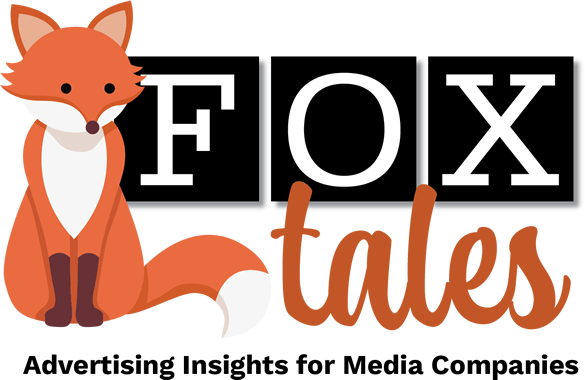I read a story in the Wall Street Journal earlier this month that reminded me of a topic that’s as persistent as any in the digital-media space: The lack of transparency in programmatic advertising.
According to the Journal and several other outlets, the newspaper publisher Gannett provided inaccurate data to advertisers over a stretch of more than nine months, producing a situation where buyers’ ads were placed on websites where they hadn’t intended them to run.
The errors affected many instances of ad buying, with the Journal saying it ran into an estimated billions of ad auctions. And worse, ad-tech companies had the information needed to identify the Gannett error, but failed to connect the dots and alert the media company.
Naturally, the story once again raised an old issue: What other major discrepancies has the industry been missing, whether they’re mistakes or intentional fraud. One practice, for example, is called “domain spoofing,” and it involves low-end or fake sites posing as brand-name websites.
This is all part of a wider narrative in ad tech that never seems to go away. The State Of Digital Advertising Is (Still) Bad,” ran a headline in MediaPost last month.
Truth No. 1, the article said, was to accept that some percentage of your digital ad dollars will go to waste. Either they’ll reach nobody, or they’ll pretend to reach someone, or they’ll reach the wrong people, or otherwise go to waste.
And truth No. 2, it said, is that some crucial numbers are heading in the wrong direction. The ad platform Integral Ad Science (IAS), reported in March that the U.S. is trending backwards on ad completion and time-in-view, while growing in ad fraud.
“Those increasing ad fraud numbers? As we have said many times before, ad fraud remains a game of whack-a-mole, and the incentives for the bad guys are simply too high to give up,” MediaPost wrote. And “let’s be brutally honest and remind ourselves what ‘completed’ means. It’s defined as this: “‘A display ad impression is considered viewable if at least 50% of pixels are on screen for at least one second after the ad has rendered. A video ad impression is viewable if the ad is playing while at least 50% of the pixels are on screen for at least two continuous seconds.’”
Perhaps it’s not surprising, then, that spending on “traditional advertising,” defined as commercials or ads in print, or on TV or radio, is increasing, according to a report in Harvard Business Review.
Research by the marketing and media consultant Ebiquity suggests that traditional media channels outperform digital channels in terms of reach, attention, and engagement relative to costs, HBR said. “This performance differential is amplified as costs of online advertising have increased, especially when accounting for impression, click, and conversion fraud — whereas the costs of traditional media have fallen. It simply makes good economic sense to rebalance spending away from digital clutter.”
